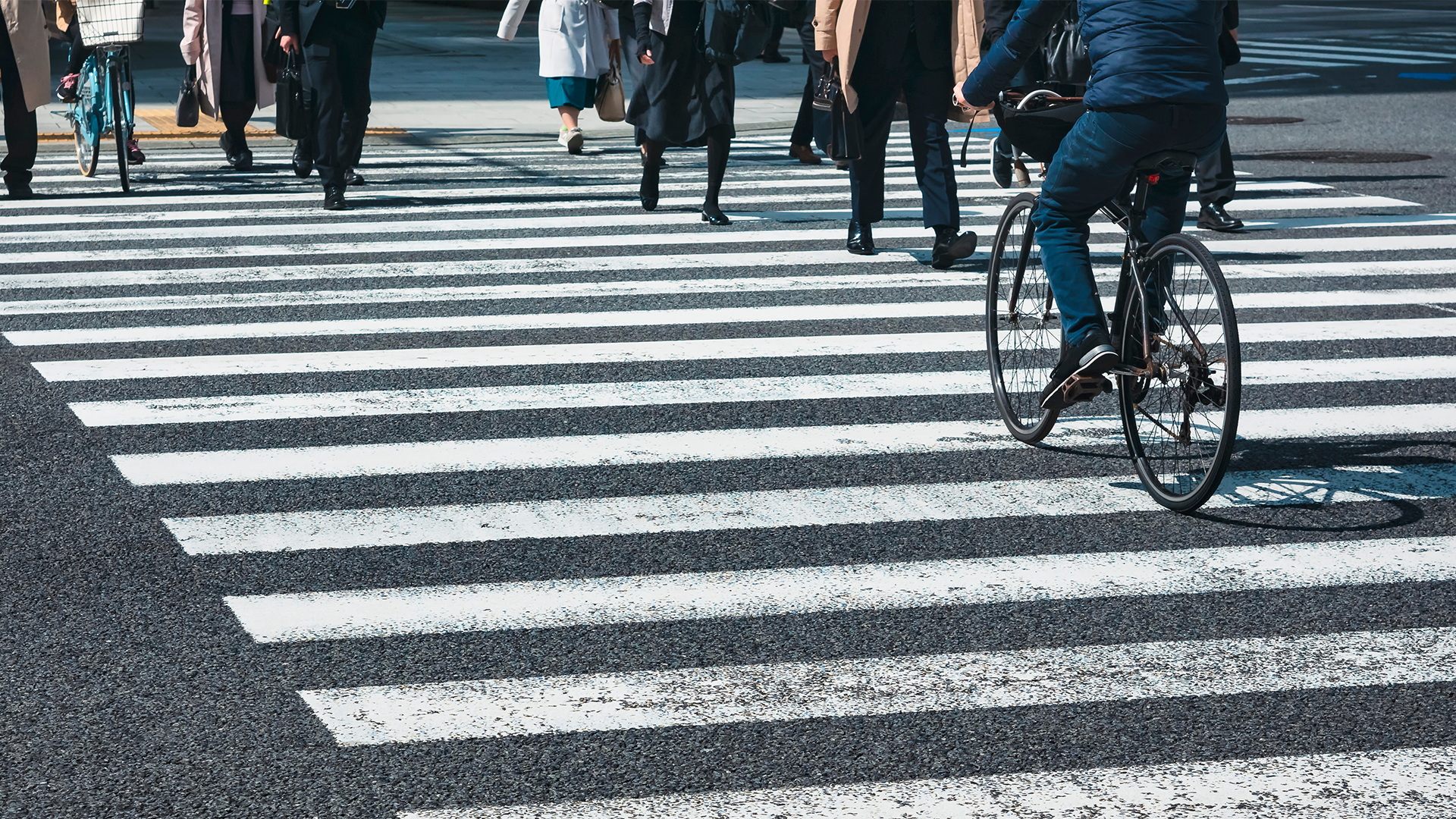Principal Investigator and Co-Principal Investigators: Clinton J. Andrews, Robert B. Noland, Deshang Zhang, Dimitris N. Metaxas, Jie Gong
The objectives of this project were to (a) use new methods to gather better data on what determines pedestrian and micro-mobility risk, (b) create tools that deliver more integrated solutions in collaboration with industry micro-mobility partners, and (c) test the tools in the service of the needs of real communities. These tools explicitly integrate both the social and technology solutions to improve safety. Project tasks included: (a) create an enhanced near miss detection capability using multiple visual sensors and advanced computer vision techniques; (b) perform behavioral experiments using both traditional tools (signage, temporary road reconfigurations) and smart-city tools (sensor-equipped and networked mobile actors and intersections); (c) conduct technological experiments integrated into a prototype mobile-phone-based app for pedestrians, e-scooters, e-bikes, and drivers; and (d) convene a community deliberation process that informs development of a local smart transportation plan. The research utilized computer vision algorithms to accurately detect pedestrians, e-scooters, e-bikes, vehicles; measure trajectories (direction, velocity); and measure near misses (deceleration, proximity, avoidance behavior). We used digital models of the built environment to improve the performance of the computer vision algorithms and allow spatially explicit tracking of different entities.
Publications
Younes, H., Noland, R.B., & Andrews, C.J. (2023). Gender split and safety behavior of cyclists and e-scooter users in Asbury Park, NJ. Case Studies on Transport Policy, 14, 101073.
Younes, H., Andrews, C., Noland, R.B., Xia, J., Wen, S., Zhang, W., Metaxas, D., Von Hagen, L.A., & Gong, J. (2024). The Traffic Calming Effect of Delineated Bicycle Lanes. Journal of Urban Mobility.
Younes, H. (2025). Comparing injuries from e-scooters, bicycles, and e-bikes in the United States. Journal of Cycling and Micromobility Research, 4, 100061.
